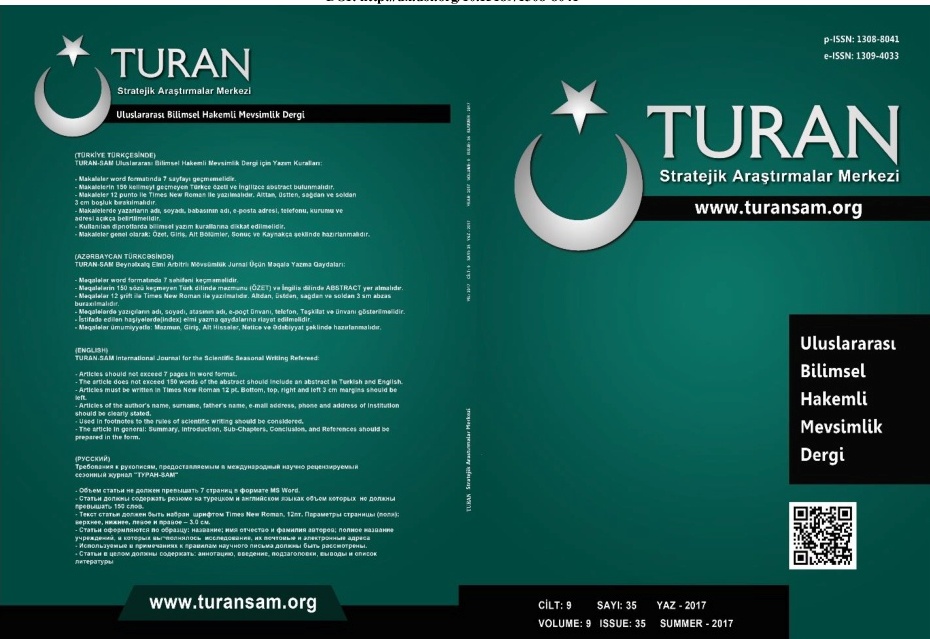Türk Sinemasinda Din Adamina-Din Olgusuna Bakişta Vurun Kahpeye Filminin İki Farkli Versiyonu Üzerinden Sosyolojik Bir Değerlendirme
A Sociological Evaluation On Religious Functionaries-Religion Phenomenon In Turkish Cinema Through Two Different Versions Of The Film 'Vurun Kahpeye'
Author(s): Ensar YılmazSubject(s): Islam studies, Turkish Literature, Film / Cinema / Cinematography, Sociology of Religion
Published by: Sage Yayınları
Keywords: İmam; Religion phenomenon; Science-religion conflict;
Summary/Abstract: The struggle between good and evil, darkness and light is one of the most common themes from ancient narratives onwards. In modernization period, comparison of teacher-science representing the good, and religion and imams representing the evil, had had always a great relevance in Turks literary works as in Western literary works (In the novel Vurun Kahpeye, teacher is a woman and it makes the comparison and contrast even sharper.) Halide Edip’s Vurun Kahpeye is a novel featuring the struggle between good and evil, darkness and light. Some similar works who has similar beginning points have a relevance in new forms and new narration techniques, today as well. Cinema can also be evaluated as one of these new techniques. "Vurun Kahpeye" has been filmed with this new narration technique. In other words, it has been approached with the potentials of cinematic language which is one of new narration forms. However, these different versions have several differences in terms of its approach to religions and imams. Even they are different from the original novel in these terms. One version of the film directed by Lütfü Akad(1949) had got reaction from conservativereligious people while the film directed by Halit Refiğ(1973) had been more tolerated by the same circles. Muslim stereotypes before the Halit Refiğ’s film, had been told as horrible, reactionary, zealots. However, Refiğ added Ömer Efendi character in his film that represents the good Muslim figure, besides the Fettah Hoca representing zealots. Message is evident: Islam is not comprised of zealots like Fettah Hoca, there are people like Ömer Hoca. In other words, religion phenomenon will have a place only as allowed by the enlightenment of science.
Journal: TURAN-SAM
- Issue Year: 9/2017
- Issue No: 35
- Page Range: 9-14
- Page Count: 6
- Language: Turkish

